Genius hacks for perfect eggs EVERY time
Top tips for breakfast, lunch and dinner
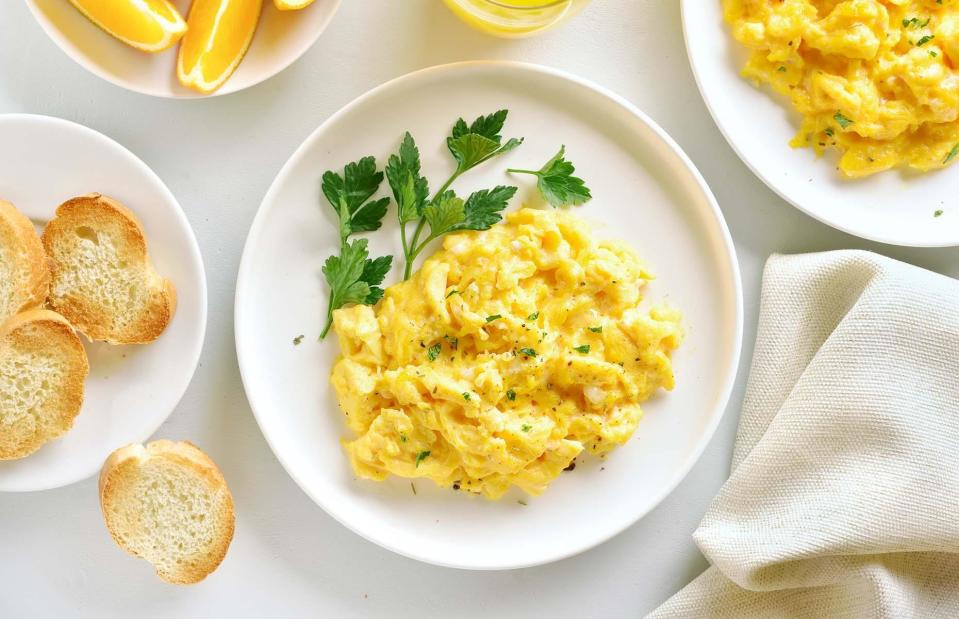
Tatiana Volgutova/Shutterstock
Eggs are among the most versatile and convenient of foods. Yet it's surprisingly easy to get them wrong, whether you’ve found yourself with failed meringues, rubbery scrambled eggs or chewy omelettes. We say it's time to ditch the myths and over-complicated rules and regulations about how to cook eggs – with just a few simple tips and tricks, you can easily achieve perfect results every time, from foolproof poached eggs to perfect hollandaise and sensational soufflés.
Discover the ultimate guide to achieving perfectly cooked eggs every time, A-Z by cooking method or style.
Baked: quiche
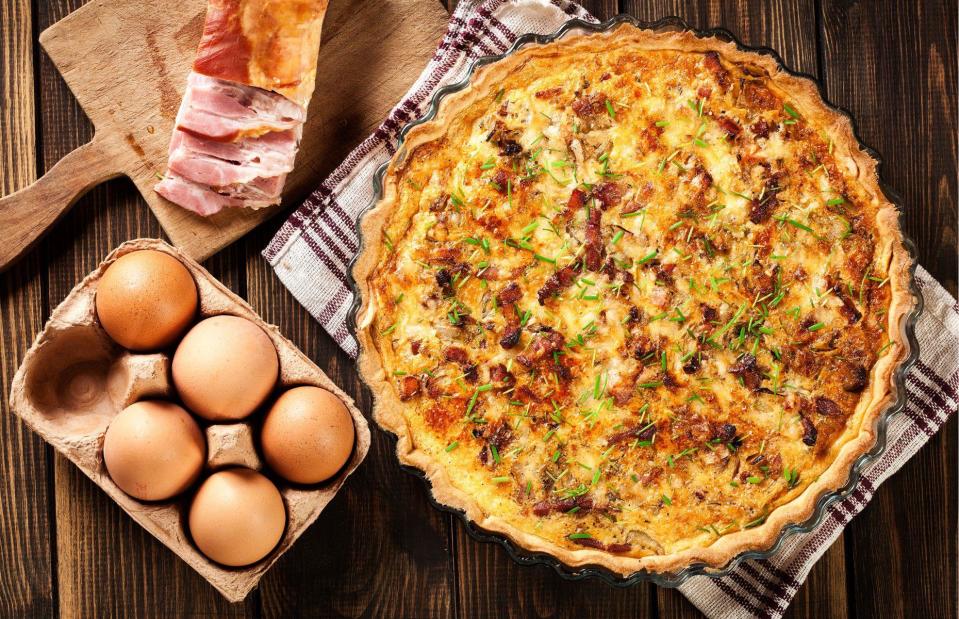
Slawomir Fajer/Shutterstock
Much maligned, it’s time to bring quiche back with style. In terms of fillings, it’s pretty tough to beat a classic quiche Lorraine, made with smoky bacon, Gruyère cheese and shallots. But whatever you choose, the key to achieving the silky smooth texture of the perfect quiche is beating the cream and eggs until they foam. Don’t over-bake though – the quiche is ready when it’s risen and has a tiny wobble in the centre.
Baked: experiment with your quiche
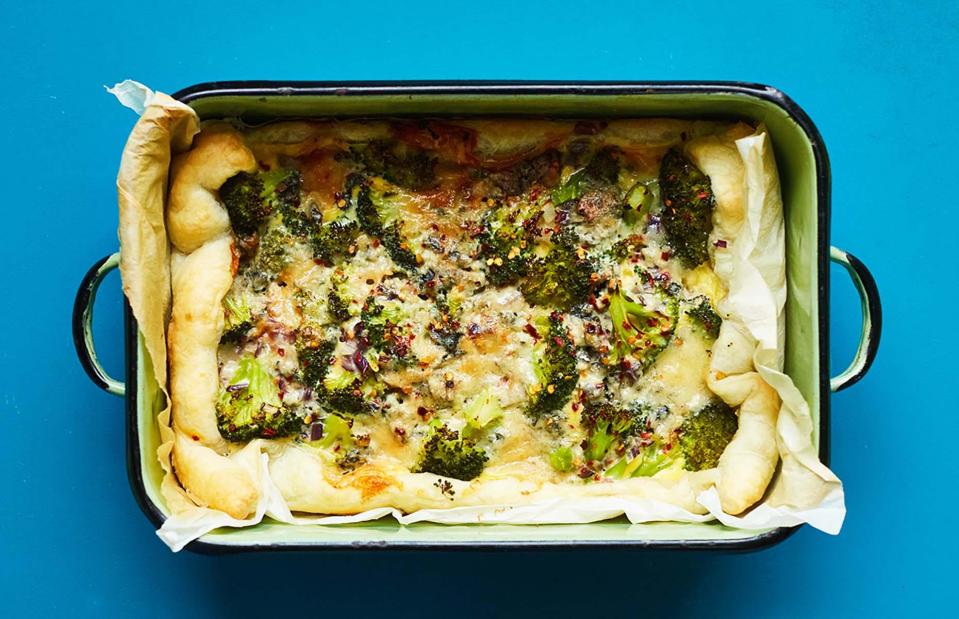
The Green Roasting Tin/Square Peg
Once you’ve got your classic quiche recipe perfected, there are so many delicious flavours to experiment with. Broccoli and gorgonzola complement each other beautifully, with a slight kick from the chilli, in this quick-cook quiche. This recipe uses ready-rolled puff pastry for the base, making it easy to rustle up midweek.
Get the recipe for broccoli and gorgonzola quiche here
Baked: shakshuka
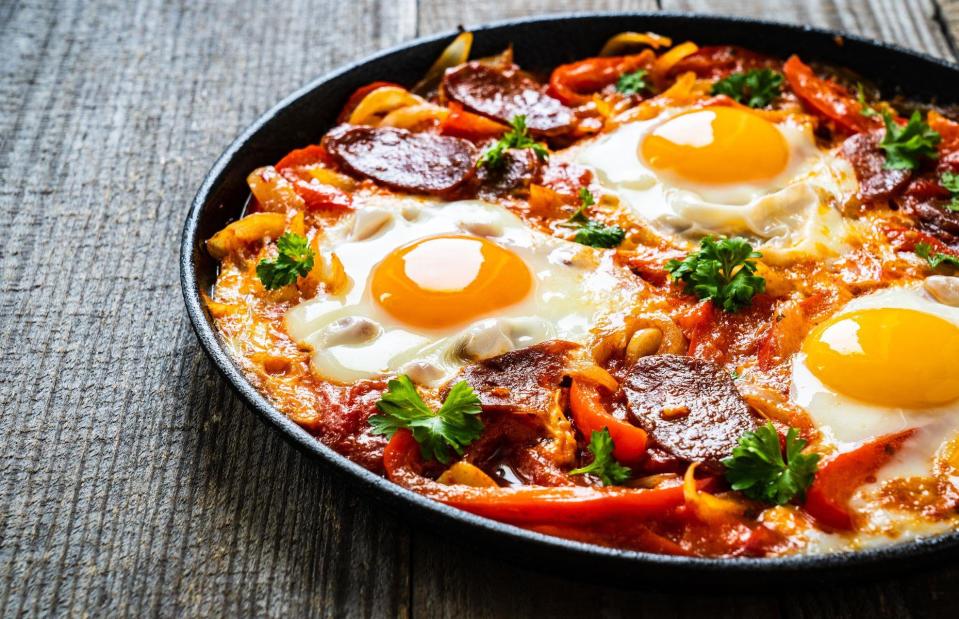
Jacek Chabraszewski/Shutterstock
Perfect for brunch or lunch, shakshuka is wildly popular all over the Middle East. The tomato-based sauce often features red peppers, chillies and onions, but options are endless – try adding chorizo, going veggie with aubergine or skipping the tomatoes altogether and swapping for fresh green vegetables. The eggs are simply broken in at the end so that they cook in the sauce.
Baked: frittata
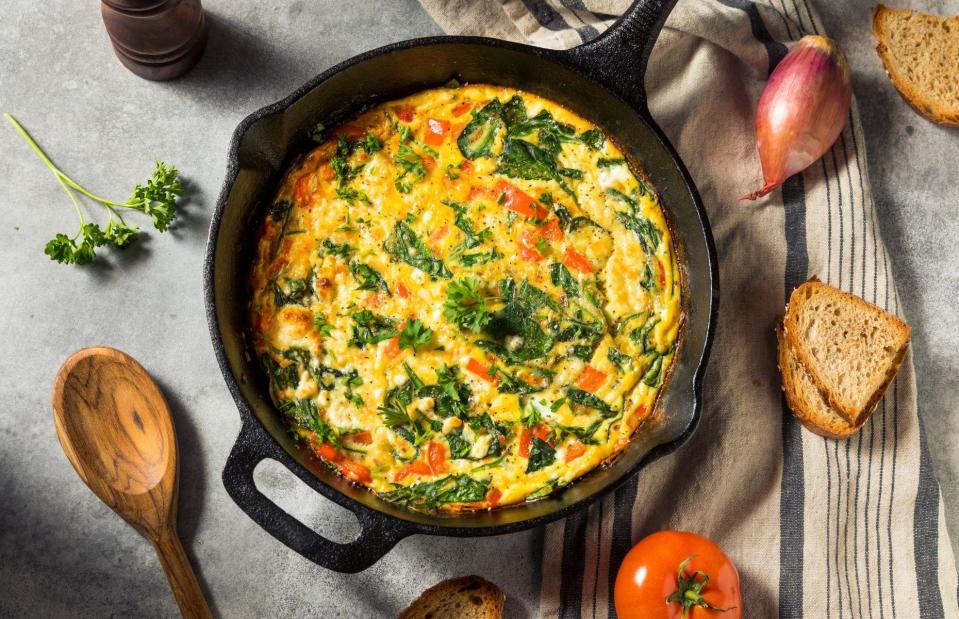
Brent Hofacker/Shutterstock
Another excellent dish that makes use of eggs and those forgotten bits of veg in the back of the fridge, frittata will be an instant lunch hit. Quick and easy to make, they require very little hands-on work but are filling and full of flavour. For perfection every time, make sure you oil your frying pan well before pouring in the eggs – this will stop the frittata sticking to the bottom. And to avoid sogginess, we recommend sautéing your veggies and draining off any moisture before the eggs are added.
Boiled: top tips
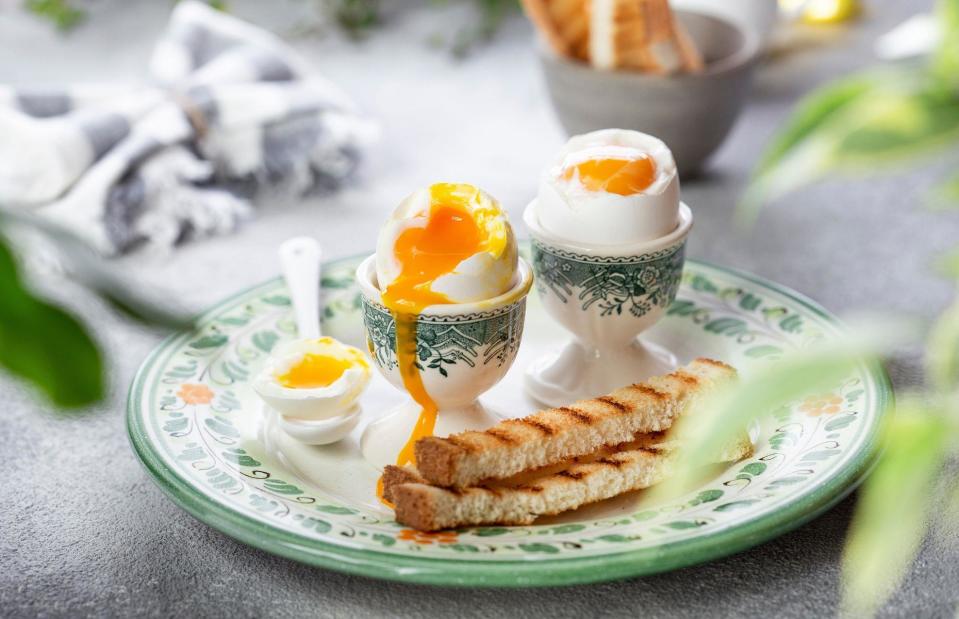
Pronina Marina/Shutterstock
Boiling an egg sounds so simple, doesn't it? But there are a few professional tricks that will help you get them spot on. You’ll need fresh eggs at room temperature and don’t use a big pan or they’ll jump around and crack. For soft-boiled eggs, bring water to a boil and then turn down to a gentle simmer. Add the eggs carefully with a large spoon. Simmer for one minute, take off the heat and cover. Time seven minutes for a fully set white and soft yolk. Use the oven timer for perfect results, otherwise guesswork may get the better of you.
Boiled: top tips
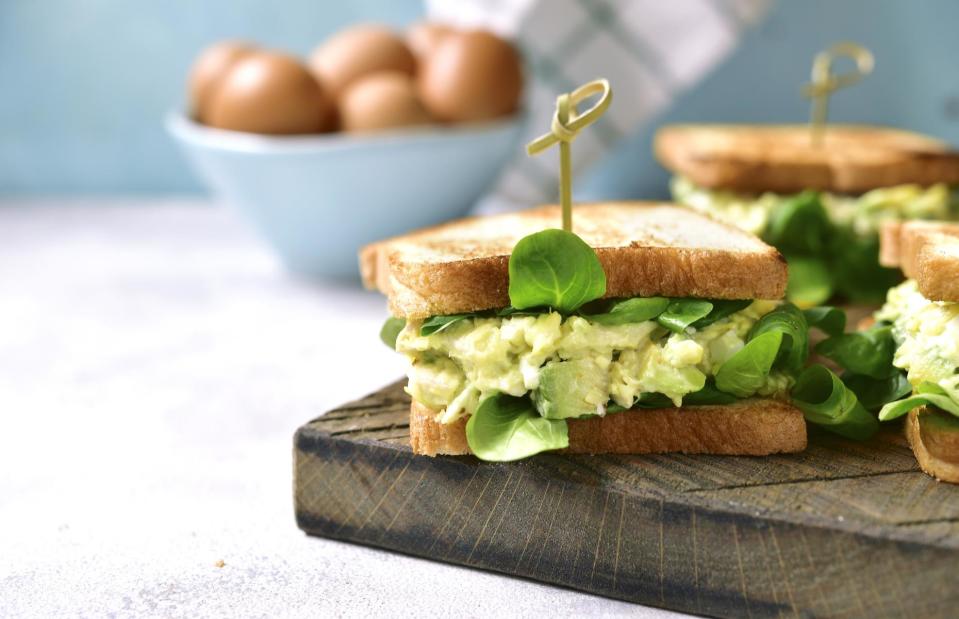
Lillya Kandaschevich/Shutterstock
For hard-boiled eggs, simmer for eight minutes then take off the heat and drain, running them under cold water until completely cold. Alternatively, if you have ice on hand, put them immediately into a bowl of iced water. This prevents the dark, unsightly sulphurous forming around the yolk. Once cold, tap the top of the egg where the air pocket is, and the shell can be peeled away easily. Try mashing up with avocado, plenty of seasoning and some fresh watercress for a filling and delicious lunch.
Boiled: spice up a retro recipe
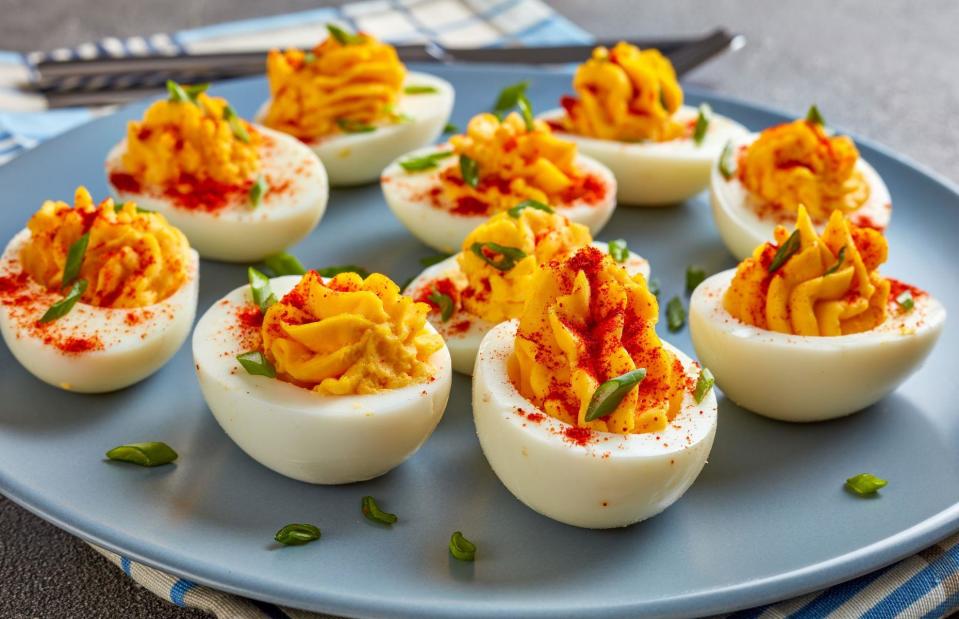
from my point of view/Shutterstock
Recipes don’t get more delightfully retro than devilled eggs. They may be old-school, but they're utterly delicious and worthy of a revival. This dish is basically a posh take on egg mayonnaise – the yolks of hard-boiled eggs are removed and mashed up with some mayonnaise and mustard, adding plenty of seasoning. You can modernise it by swapping mayo for tahini, incorporating lime juice for an extra zing or using spices to flavour the yolks.
Boiled: quick curry
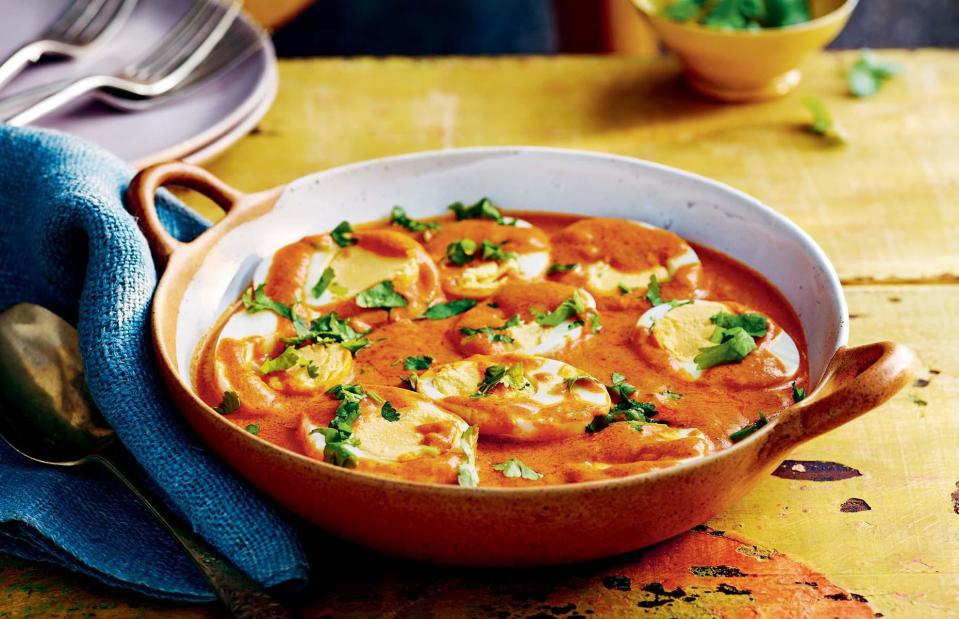
Indian in 7/Kyle Books
Egg curries are a staple in many Indian homes, and rightly so – it's a cheap and filling meal ready in just over half an hour. The creamy and comforting sauce is rich with coconut and fragrant with turmeric, chilli powder and garam masala, while the boiled eggs bulk up the dish.
Get the recipe for creamy egg and coconut curry here
Custard: top tips
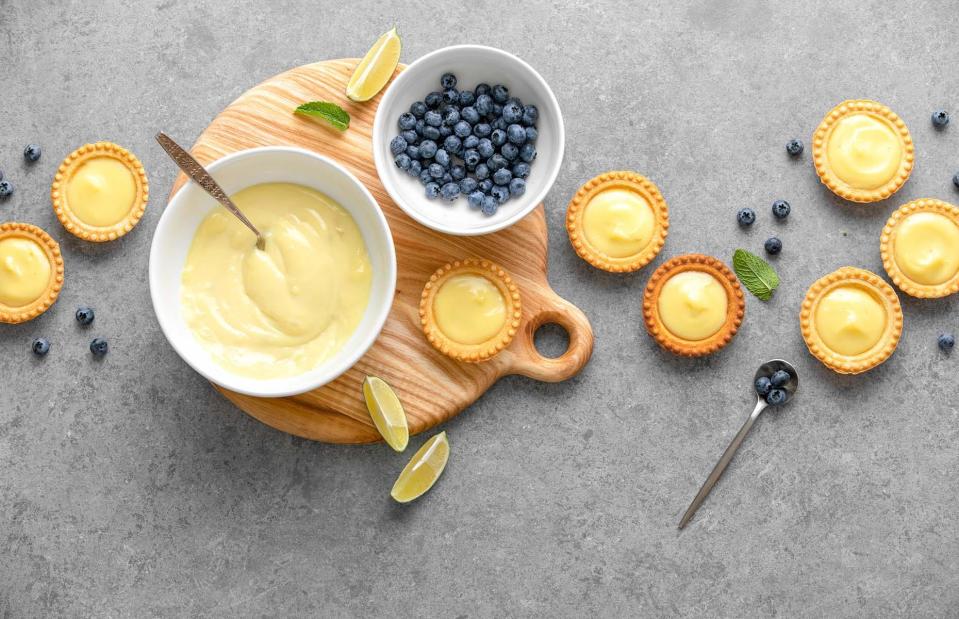
Fattyplace/Shutterstock
Homemade custard is simple to make and far less sweet than shop-bought versions which tend to be too sugary. Allow six egg yolks to 20fl oz (600ml) of double cream or whole milk. Adding 1 tbsp cornflour to the egg yolks (with 2-3 tbsp caster sugar) will stabilise the mixture and prevent curdling. You can add the seeds from a vanilla pod or, alternatively, use pure vanilla extract. Just slowly add the heated cream on a very low heat to the egg yolks, stirring constantly.
Custard: add some spice
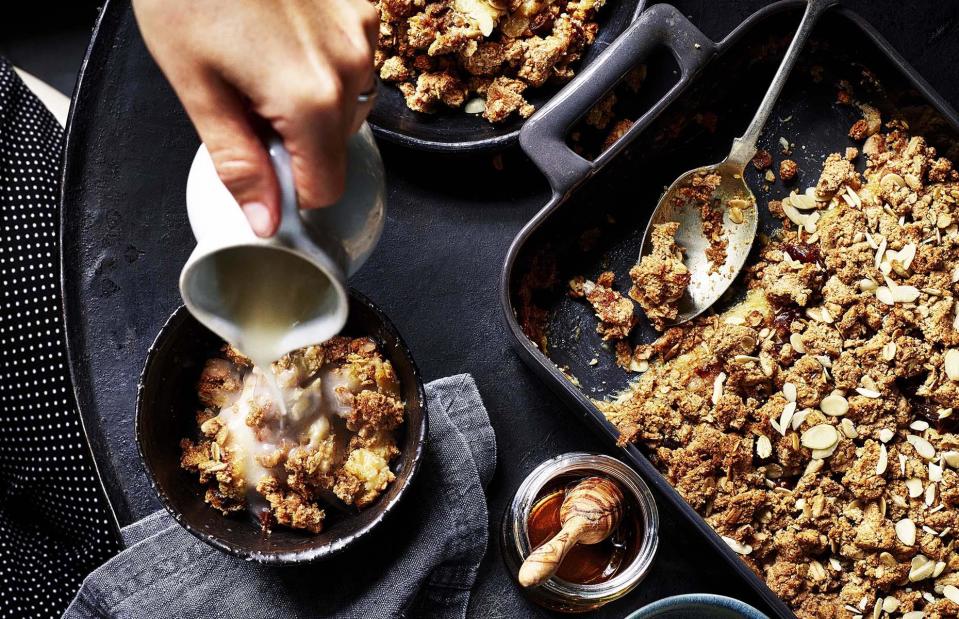
Rebel Recipes/Bloomsbury
Eggs are great for taking on flavour, and that applies to sweet recipes too. Balance the sweetness of the custard by using mild spices like cardamom, allspice or cinnamon. It'll pair particularly well with the caramelised bananas and sticky dates in this comforting fruit crumble.
Get the recipe for banana and peanut butter crumble with cardamom custard here
Custard: creme brûlée
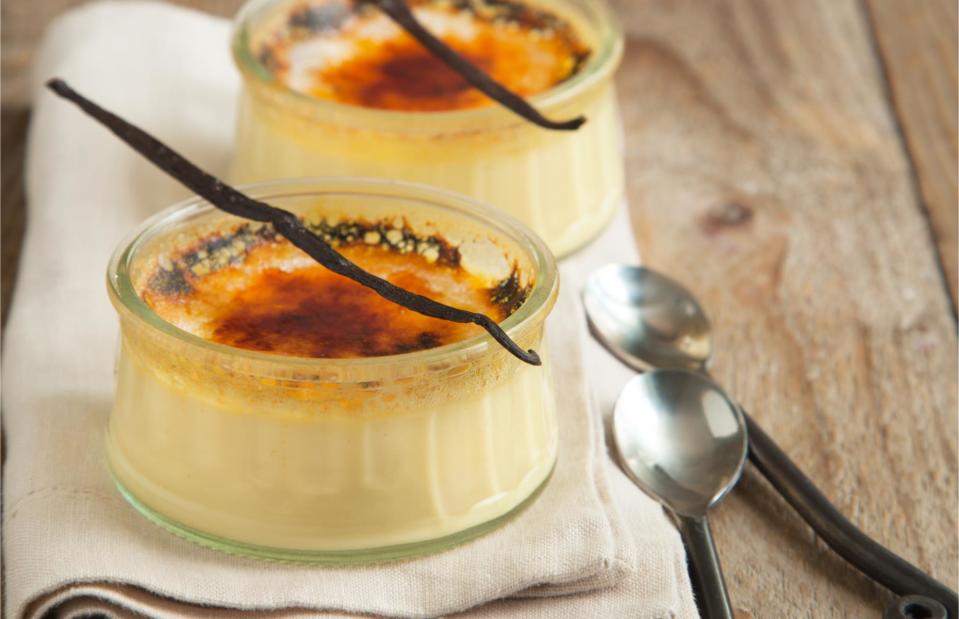
AnjelikaGr/Shutterstock
If you can make custard, you can make a creme brûlée. Vanilla-infused double cream is heated and then added to egg yolks. You need to keep cooking it gently until it has near jelly-like wobbly consistency. Recipes vary – some cooks bake it in a bain marie, and some cook the custard for long enough until thickened so it can set in the fridge overnight. For the brûlée topping, you really need a cook’s blowtorch to get the fine caramel effect. Putting it under the grill is too hit-and-miss and uneven.
Custard: boozy brûlée
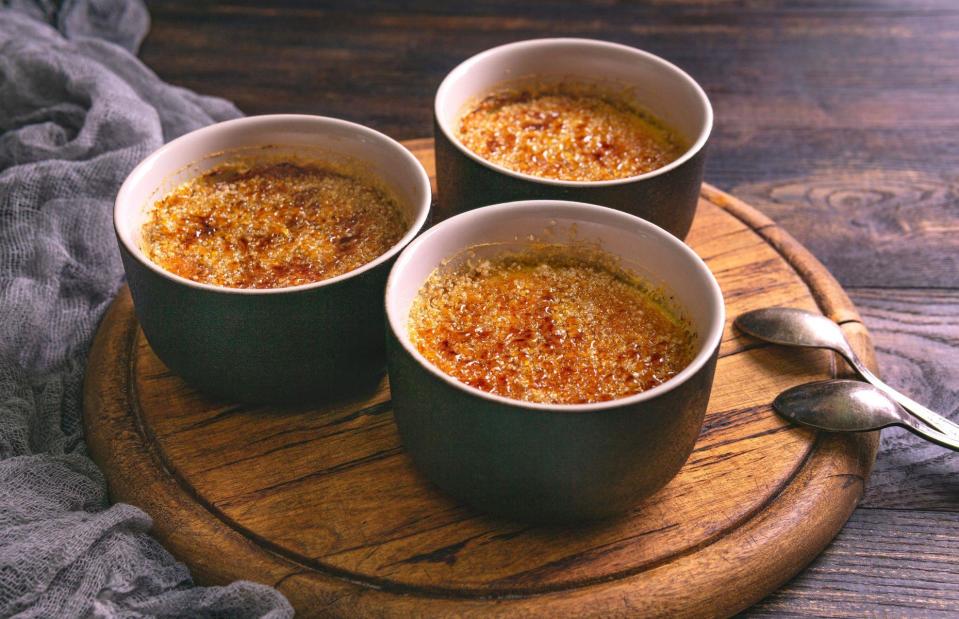
Diana Sklarova/Shutterstock
For creme brûlée lovers, how about lacing the cream with Irish cream liqueur or Baileys? It is a sure-fire winner for any dinner party or gathering. You can also make the custard recipe (just don't add the sugar for the topping) and store in the fridge one to two days before you want to serve it.
Fried: top tips
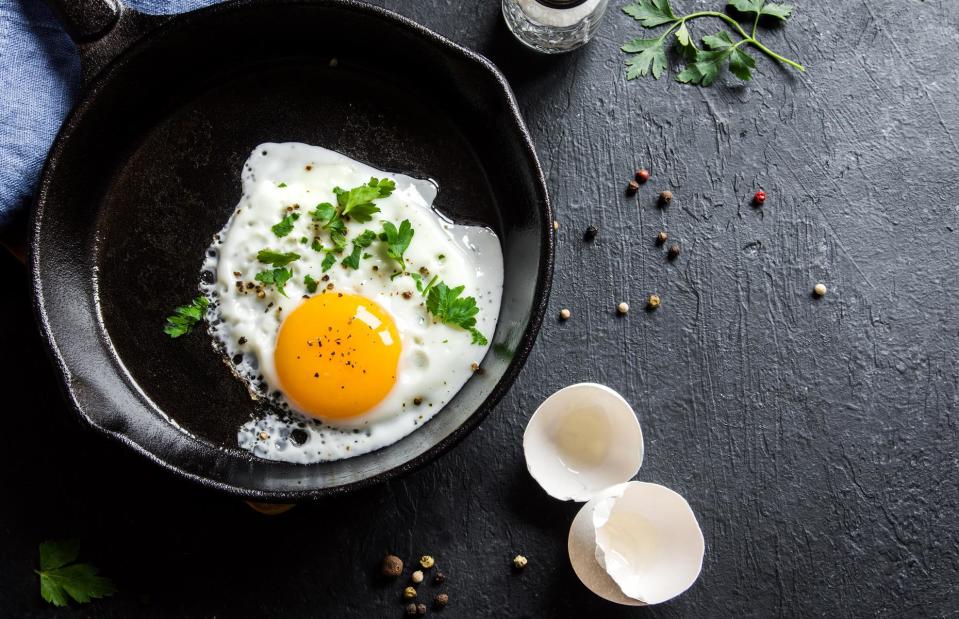
Oksana Mizina/Shutterstock
As always, ensure your eggs are at room temperature before frying. The fat is up to you, but butter works well. Heat a little fat in a small frying pan so it covers the base, crack your egg into a ramekin to slide it in, then allow the egg to set, tilting and swirling the pan so the egg doesn’t stick and the fat helps to cook the top. After a minute or so, remove with a fish slice and serve.
Fried: huevos rancheros
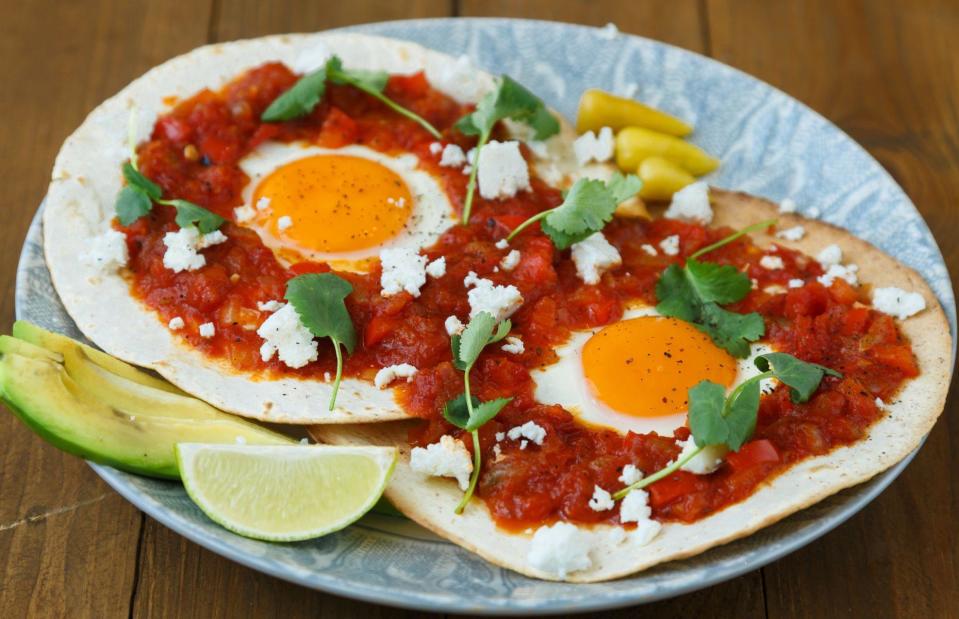
Konstantin Kopachinsky/Shutterstock
A brilliant breakfast or brunch recipe hailing from Mexico, huevos rancheros can be eaten for lunch or dinner too. Meaning rancher's eggs, the dish consists of warm tortillas topped with beans, avocado, salsa and cheese. Top with the perfect fried egg and a generous drizzle of hot sauce for a spicy and satisfying meal.
Fried: stir-fry topper
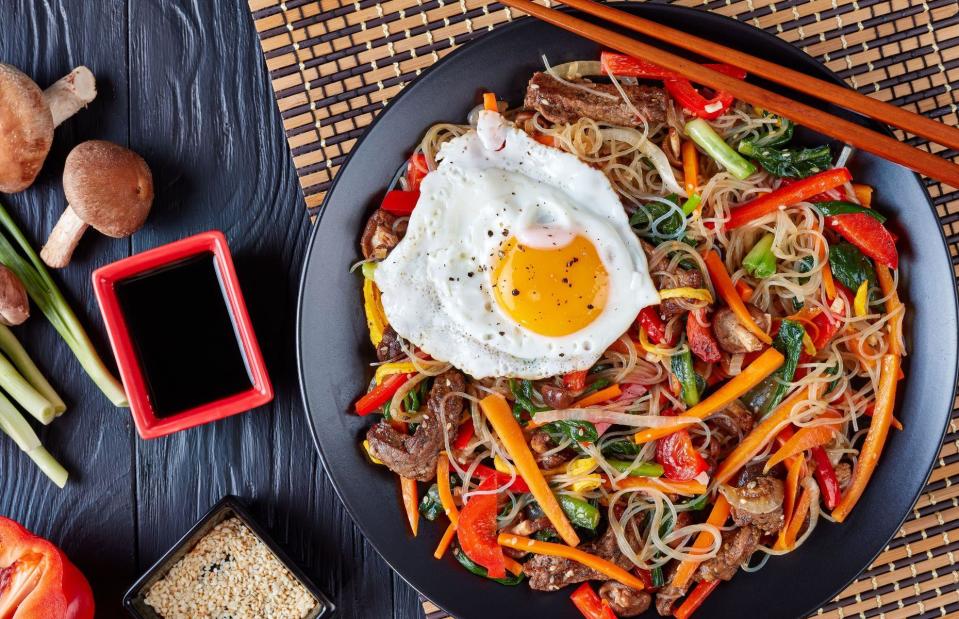
from my point of view/Shutterstock
Fried eggs are the perfect addition to stir-fries, noodles and fried rice dishes, instantly adding heartiness and velvety sauce (from the yolk) to your meal. Make sure you don't overcook the egg, though – the magic lies in a perfectly runny centre oozing out into the dish.
Meringue: top tips
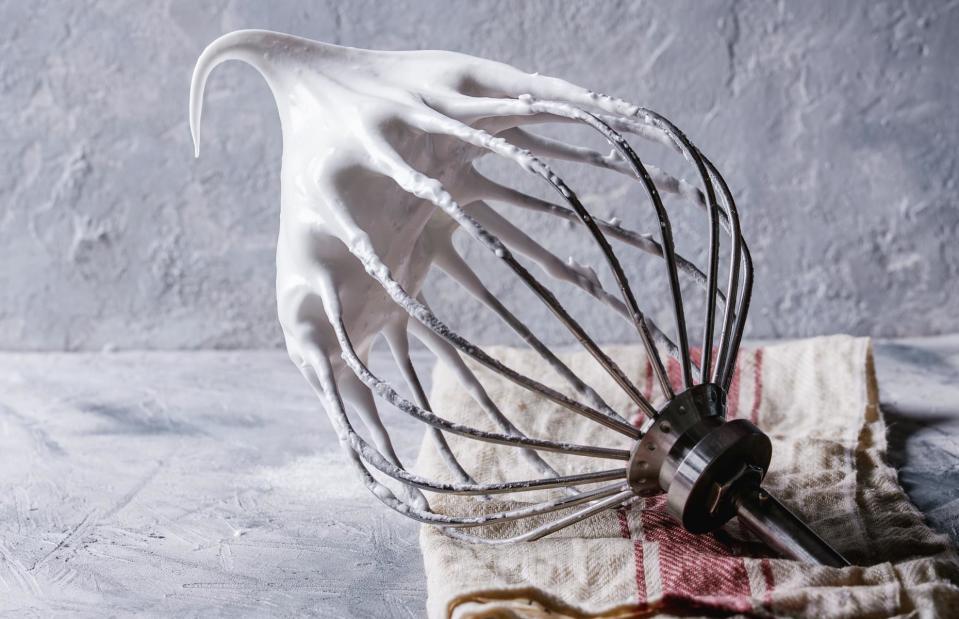
Natasha Breen/Shutterstock
The secret to a perfect meringue is patience. As a guide, calculate around 2oz (55g) of caster sugar per large egg white. The egg whites must be at room temperature to ensure they whip up fully and incorporate as much air as possible. Beat them with an electric whisk until stiff peaks form, then slowly add the sugar, tablespoon by tablespoon, beating thoroughly each time. Count to 10 before adding the next spoonful.
Meringue: lemon meringue pie
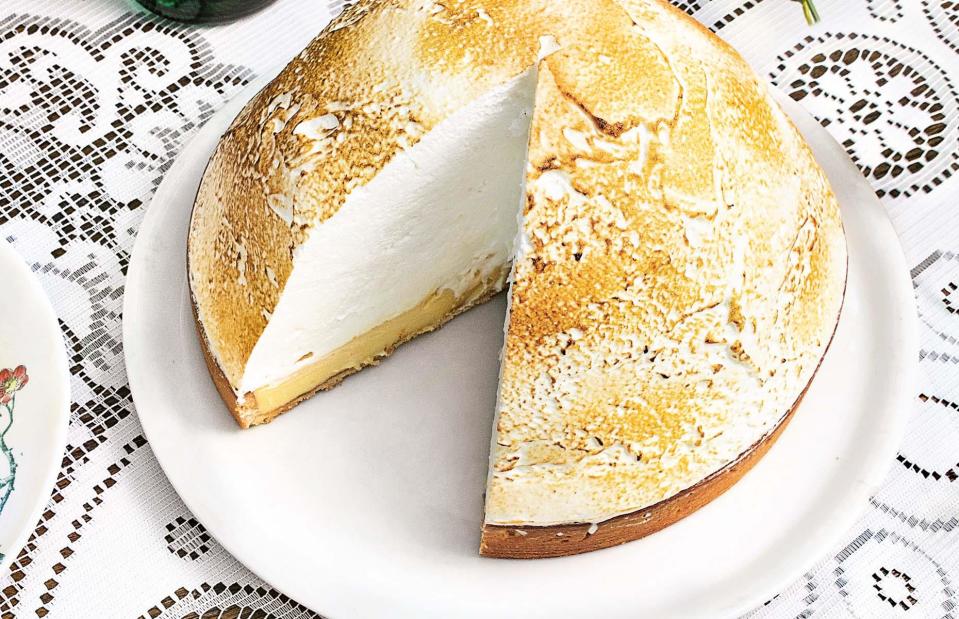
Big Mamma Cucina Popolare/Phaidon
Lemon meringue pie is an indulgent and classic dessert that's ideal when you really want to impress. A combination of buttery pastry, lemon custard and soft Italian meringue, this version is a real treat.
Get the recipe for lemon meringue pie tart here
Meringue: individual desserts
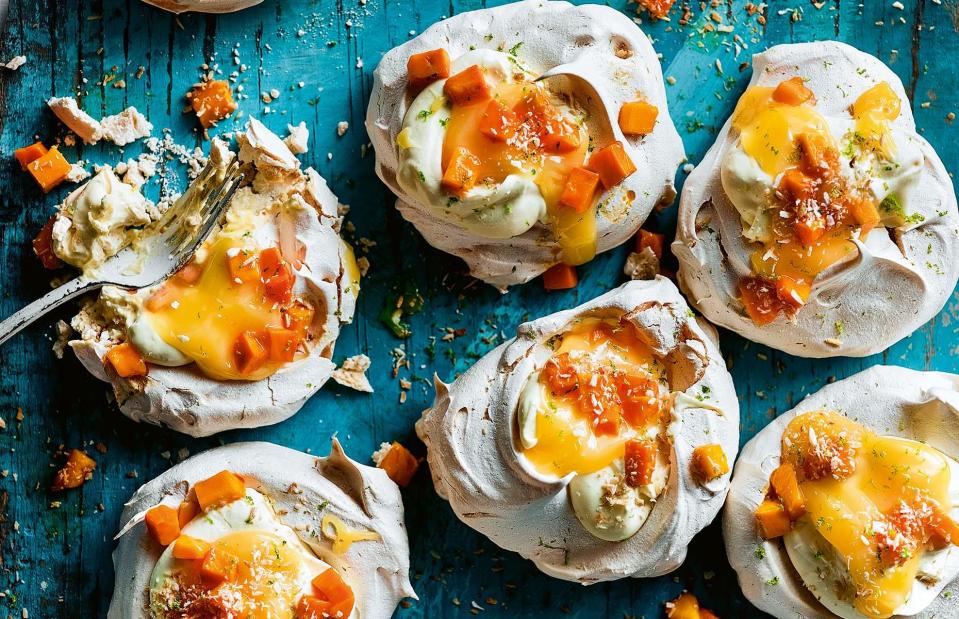
The Rangoon Sisters/(Ebury Press
If you'd rather make several individual desserts, these mini meringues are perfect for filling with sweet and juicy fruit, ice cream, zingy citrus curd or whipped cream. Remember the meringues are very sweet so make sure to pair them with refreshing flavours.
Get the recipe for mango, lime and coconut meringues here
Omelettes: top tips

Other edge/Shutterstock
Two to three eggs will make an omelette for one, but if cooking for two it's better to make two separate omelettes to avoid overcooking. A good non-stick pan can make all the difference here as well. Add a tsp of oil and get it as hot as you can. Beat the eggs with a fork then add to the hot pan. Allow to set a little then pull away the sides with a fork and swirl the egg around. When there’s just a little liquid left, fold over the omelette with a palette knife and tip onto a plate.
Omelettes: add a twist
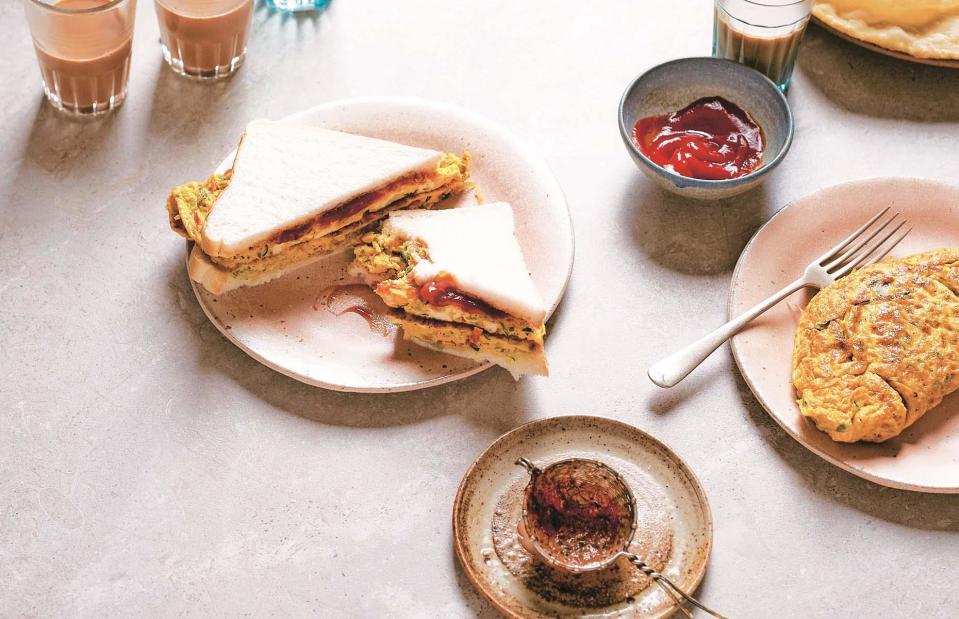
Asma’s Indian Kitchen/Pavilion Foods
Omelettes are a wonderful vehicle for many flavours and ingredients and a good way to use up leftovers. An Indian-inspired masala omelette will happily take odds and ends like tomatoes, spring onions, chillies and coriander. And, if you happen to have any leftover omelette, it's great in a sandwich with buttered white bread and tomato ketchup.
Get the recipe for masala omelette here
Poached: top tips
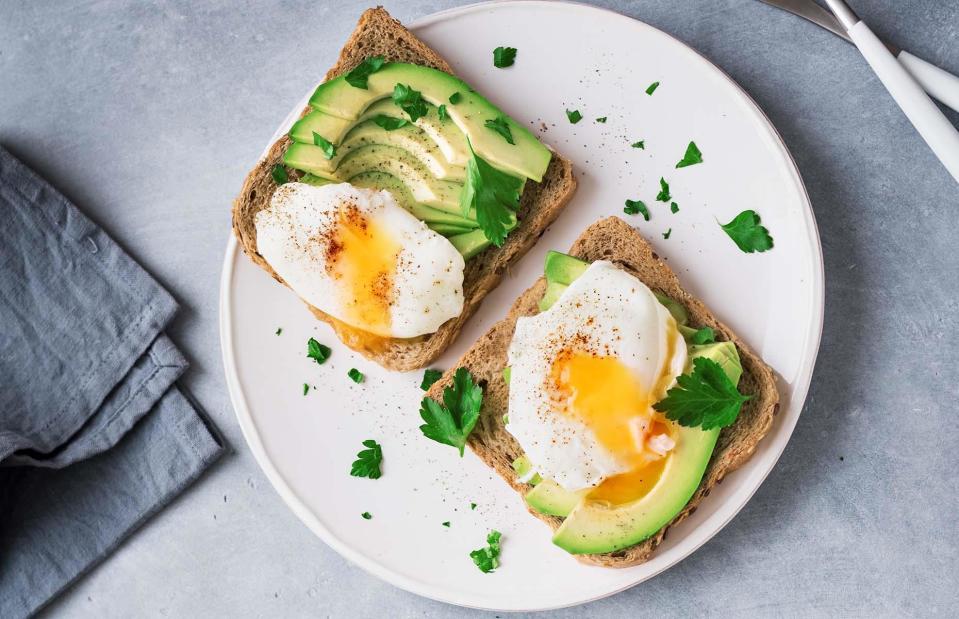
Oksana Mizina/Shutterstock
The good news is that despite what many poached egg 'experts' might tell you, all you really need are fresh eggs and a pan. Always start with your eggs at room temperature. Use a frying pan or sauté pan, fill to a few centimetres under the rim and bring to a boil, then turn down to a very gentle simmer. Break the eggs individually into a cup then tip into the water. Time for two minutes, take off the heat, cover and leave for eight minutes. Remove with a slotted spoon, allowing the water to drain off, then serve.
Poached: perfect breakfast
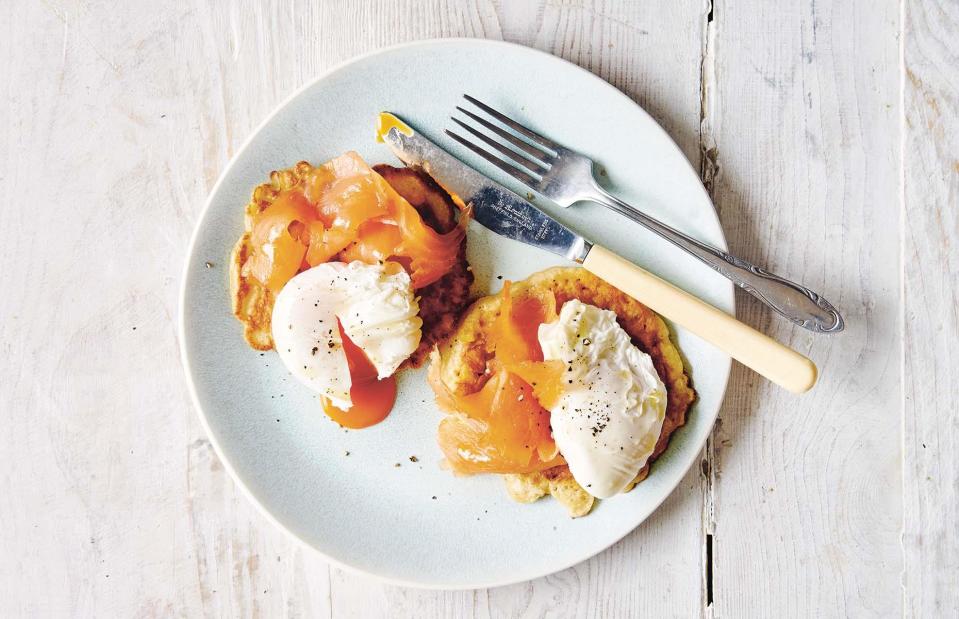
Breakfast The Cookbook/Phaidon
Once you've mastered the perfect poach, the timeless and much-loved classic, eggs Benedict, is just a step away (see the very next slide), as are many other breakfast dishes combining fritters, rösti or toast with a variety of toppings and sauces. These are great to cook for a late weekend breakfast or brunch – we love pairing our poached eggs with smoked salmon and corn fritters.
Sauces: make your own hollandaise
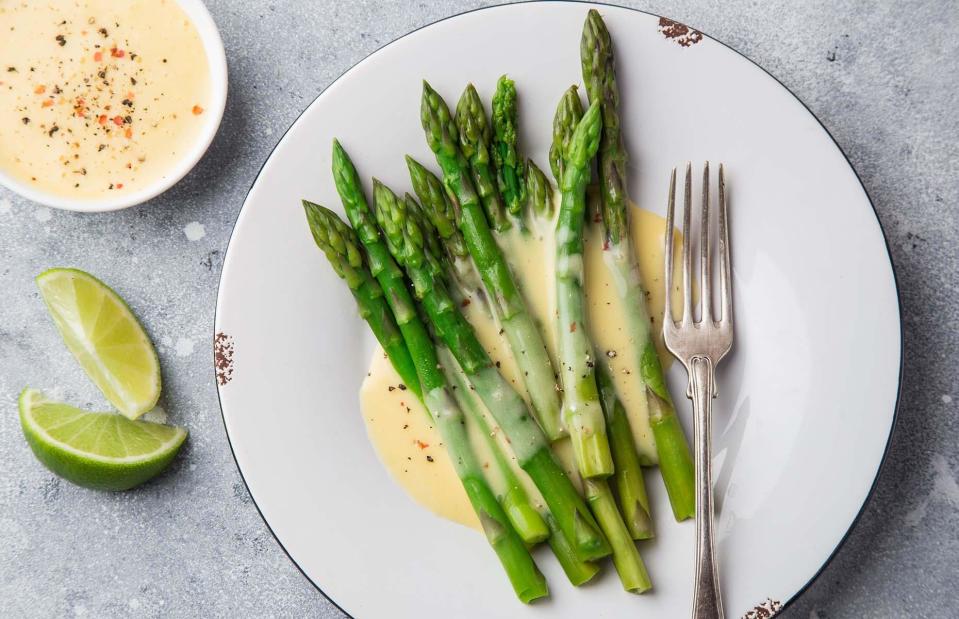
Anna Shepulova/Shutterstock
You've mastered the poached egg, now it's time to show your confidence in the kitchen and make a hollandaise. The trick is never to overheat the eggs, or they'll end up scrambled. Also, be patient. If you rush it, you'll be back to scrambled eggs again. You also need to add the melted butter really slowly as the yolk mixture can only take a little at a time.
Sauces: master béarnaise
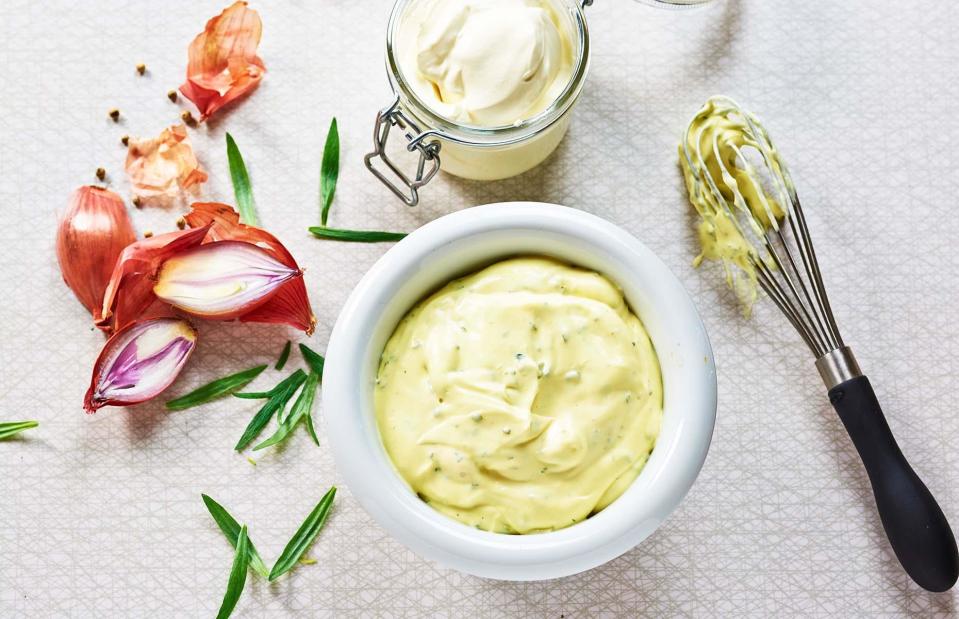
jmattisson/Shutterstock
What would a really great steak be without béarnaise sauce smothered on top? The same base and method are used as hollandaise in the previous slide, but with a reduction of fresh tarragon, shallots and vinegar. The acidity helps the egg yolks to absorb the butter. The trick is not to let it overheat, so treat it gently.
Sauces: try homemade mayonnaise
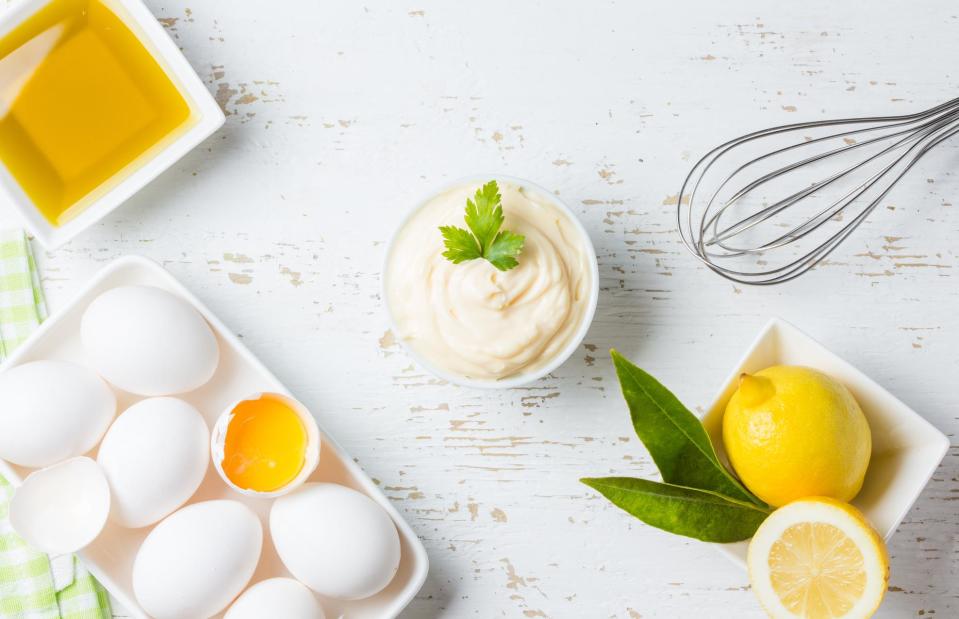
Larisa Blinova/Shutterstock
It's worth it – homemade beats shop-bought mayonnaise every time. Mix two egg yolks with 2 tsp Dijon mustard, 1 tbsp white wine vinegar and a squeeze of lemon. Add a pinch of sea salt. Now slowly whisk in (an electric whisk is best) 17fl oz (around 500ml) of oil, ideally a mix of olive and sunflower. Slowly does it, allowing the oil to be emulsified into the eggs. Once you've mastered the basics, try flavouring your mayo or making aïoli, adding in a crushed garlic clove.
Sauces: perfect carbonara
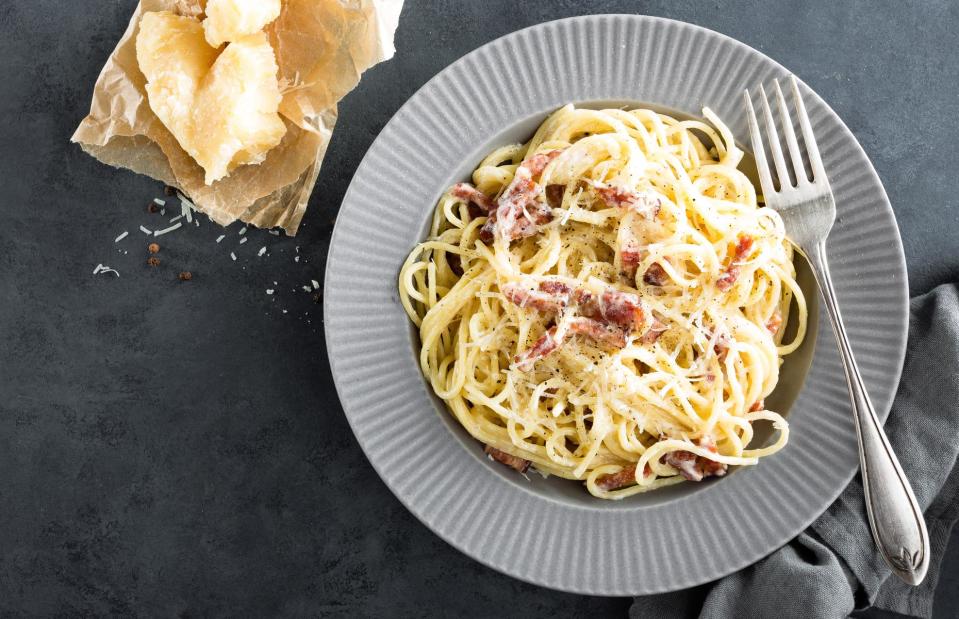
Sea Wave/Shutterstock
A classic spaghetti carbonara is the perfect comfort food. With just four main ingredients, it’s a midweek essential. For two, just mix three egg yolks with 3 tbsp grated Parmesan. Fry off pieces of smoked bacon until crisp and set aside. Cook 7oz (200g) spaghetti until al dente, drain, reserving some of the cooking water. Return to the pan off the heat, mix in the eggs and bacon, adding some of the cooking water to help it all blend together well. Add extra Parmesan and freshly ground black pepper to serve.
Scrambled: top tips
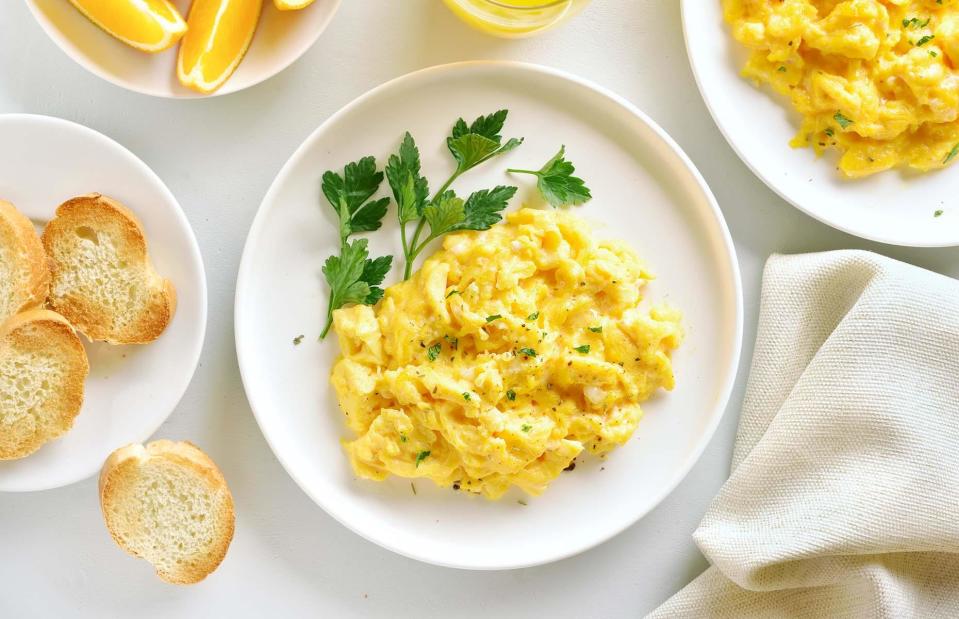
Tatiana Volgutova/Shutterstock
This should be easy, yet many of us have eaten more rubbery scrambled eggs than we should. Overcooking is easy to do – scrambled eggs need attention and slow cooking. Beat your eggs together with salt and pepper, ideally two to three per person. Heat a knob of butter in the pan, then add the eggs. Keep stirring until they are soft but still slightly runny. Remember that eggs keep cooking when taken off the heat, so it's better to undercook them slightly. The whole cooking time should take no more than four to five minutes.
Scrambled: spice it up or cool it down
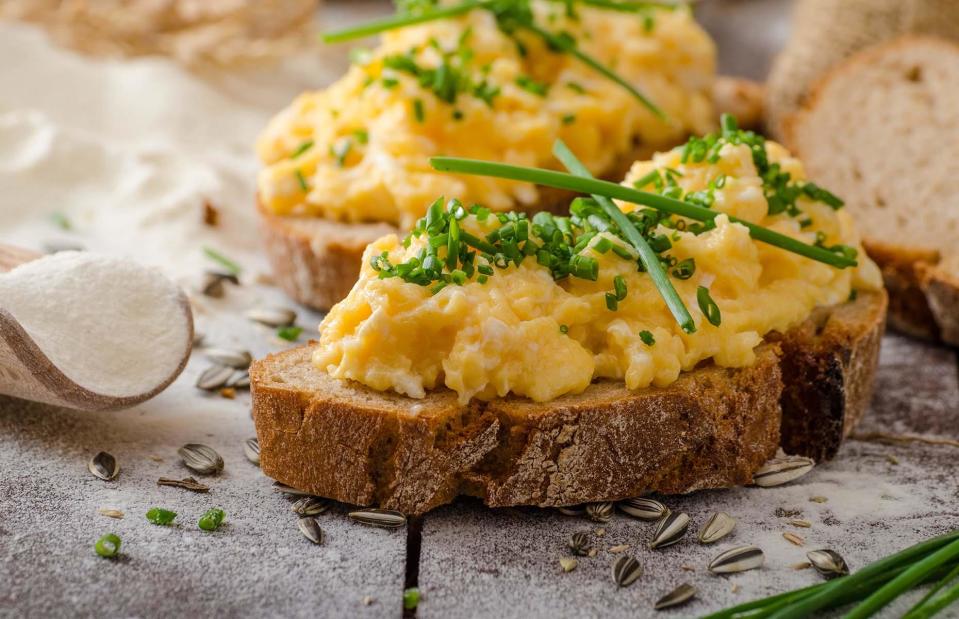
Stepanek Photography/Shutterstock
Eggs are the perfect vehicle for big punchy flavours, which cut through the richness, and they also pair perfectly with fresh, cooling herbs. Make your scrambled eggs with spices from the cupboard, like paprika and chilli flakes, or chop up some chives and parsley to fold into the egg mixture or sprinkle on top.
Scrambled: use as filling
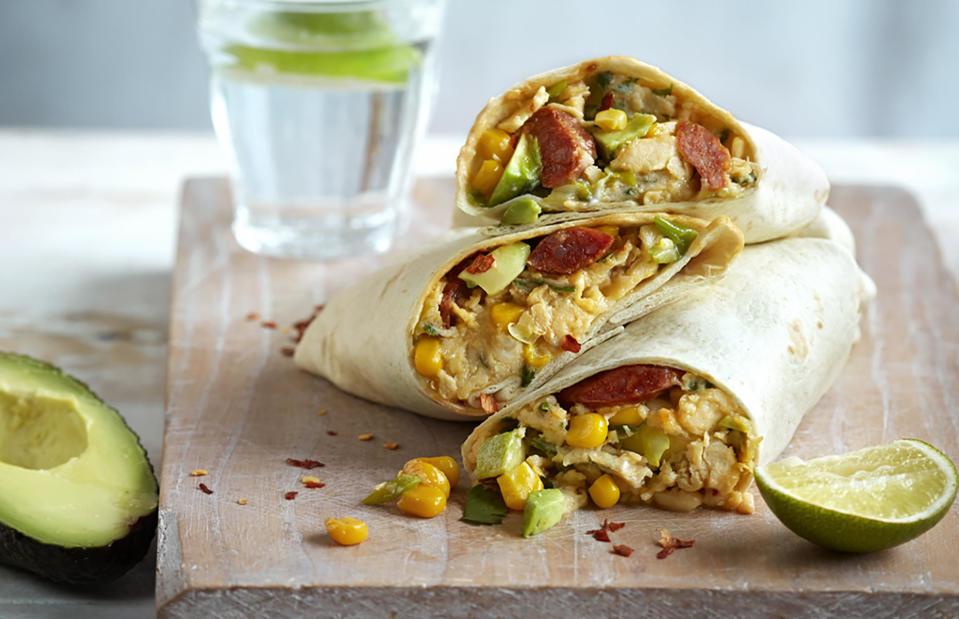
The Flexible Family Cookbook/Frances Lincoln
Scrambled eggs can often be a little bit boring, but that's definitely not the case with this loaded breakfast burrito. Combining the perfect scrambled eggs with flavoursome ingredients like chorizo, avocado, cheese and sweetcorn, these tortilla wraps are a filling and delicious breakfast option.
Get the recipe for loaded breakfast burritos here
Soufflés: top tips
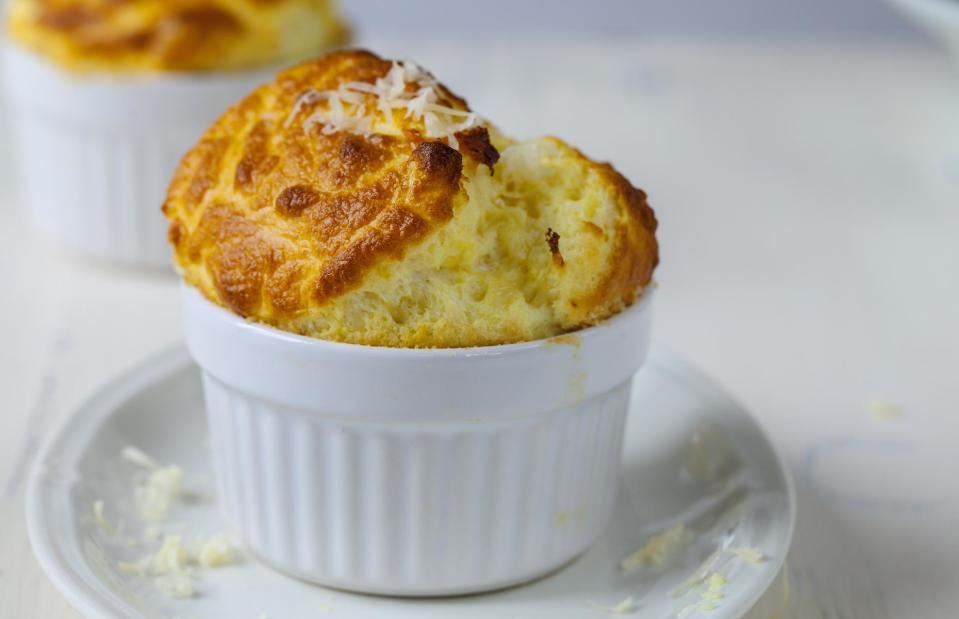
Magdanatka/Shutterstock
A soufflé is not as tricky as you think – in essence, it's a cheese sauce with egg whites whipped into it. It may take a couple of attempts to achieve perfection, but have a go; even the mistakes will taste delicious. The trick is to work quickly once you have folded in the egg whites. Do this gently with a balloon whisk, so as not to knock the air out, and make sure you time the bake to perfection.
Now discover 40 excellent egg recipes worth a crack
Last updated by Natasha Lovell-Smith


